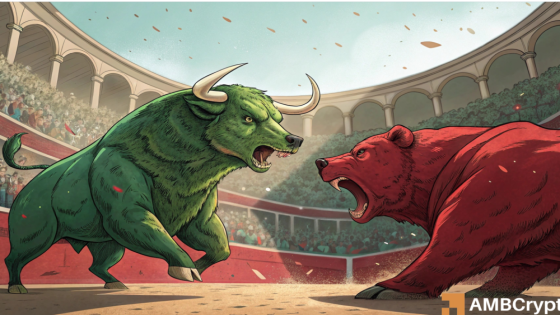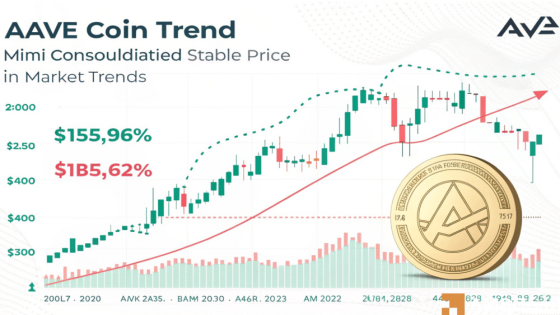Since December 2024, Ethereum (ETH) has experienced significant market shifts, marked by increased aggressive sell orders from large investors and a surge in buy orders from retail investors. This evolving dynamic may influence Ethereum’s price action as both sides of the market assert their influence.
- Increased sell orders from large investors
- Retail investors showing higher buying interest
- Market pressure from whale sell-offs
- Wider bid-ask spreads indicate lower liquidity
- Volatility trends suggest market tension
- Potential for Ethereum price consolidation
Ethereum has been navigating a complex market landscape since late 2024. The average market order size indicates that large investors, often referred to as whales, have been offloading their holdings. This trend suggests profit-taking or risk mitigation strategies among these investors. Concurrently, retail investors are becoming more active, driven by a fear of missing out (FOMO), which is reflected in the rising number of aggressive buy orders.
Market analysis shows that the Fear and Greed Index and Cumulative Volume Delta (CVD) chart highlight a prevailing negative CVD trend, indicating more selling pressure than buying. This situation raises concerns about potential downward pressure on Ethereum’s price due to large sell orders, although increased retail buying could provide some balance. Key statistics include:
- Increased aggressive sell orders from whales.
- Rising retail participation and buy orders.
- Negative CVD trend indicating selling pressure.
The current market conditions suggest a period of consolidation for Ethereum. The neutral reading from the Fear and Greed Index indicates that traders are neither overwhelmingly fearful nor overly confident, which may lead to cautious trading behavior. If retail buying continues to rise, it could counteract the selling pressure from whales, potentially stabilizing ETH’s price.
In summary, Ethereum’s price action is currently influenced by contrasting behaviors from large investors and retail participants. The outcome of this tug-of-war between selling pressure from whales and buying interest from retail investors will be crucial in determining the future trajectory of ETH’s price.

































